FEATURES • PEOPLE
Meet Budiman Ong
Founder of Ong Cen Kuang
Meet Budiman Ong
Founder of Ong Cen Kuang
Brand founder Budiman Ong has always been drawn to lighting—the irreplaceable element in any home. Driven by a passion for exploring the unique characteristics of different materials and modern design, Ong established Ong Cen Kuang in 2008. He designs and builds lighting fixtures by hand, one at a time, in his studio in Bali, Indonesia.
Trained at Gray’s School of Art, Robert Gordon University in Scotland, Ong’s Asian heritage fuels his inspiration, while his Western education shapes his design aesthetics and knowledge. "At Ong Cen Kuang, we create original, hand-crafted pieces that allow the unique characteristics of materials to speak for themselves. Our creations are timeless and innovative, combining traditional craft with modern elements to produce pieces filled with stories and soul."
Updated September 2024 • Words by The Punch
We empower people through
the craft, teaching our artisans
handcraft skills and instilling pride
in their work.
This is the heart of what we do.
We empower people through the craft, teaching our artisans handcraft skills and instilling pride in their work. This is the heart of what we do.
Budiman Ong
WHAT IS YOUR STORY?
"I have always been fascinated by working with my hands. My work revolves around this passion. I am intrigued by the possibilities and potential of successful collaborations between materials and handmade processes.
As a person of Chinese descent, I recall the Dragon Boat Festival of my childhood, where the euphoria of playing with an animal-shaped paper lantern lit by a single candle stick left a lasting impression. I vividly remember one of my lanterns—a red rabbit. Though I didn’t realize it at the time, I believe this was the beginning of my fascination with lighting and my drive to replicate and capture the emotion of those moments through my designs."
WHEN AND WHY DID YOU LAUNCH ONG CEN KUANG?
"We launched Ong Cen Kuang in May 2008. I recognized early on that I had a distinct design perspective and process. My primary focus at the time was to find satisfaction in experimenting and creating our lighting, while gradually building a cohesive collection. These were my main drives. Our business grew through word of mouth, and it took us five years to prepare to showcase our products on the international stage. We chose to first exhibit our lighting at Maison et Objet Asia in Singapore and then in Paris. I am truly happy that we have been able to build and sustain a business based on my beliefs."
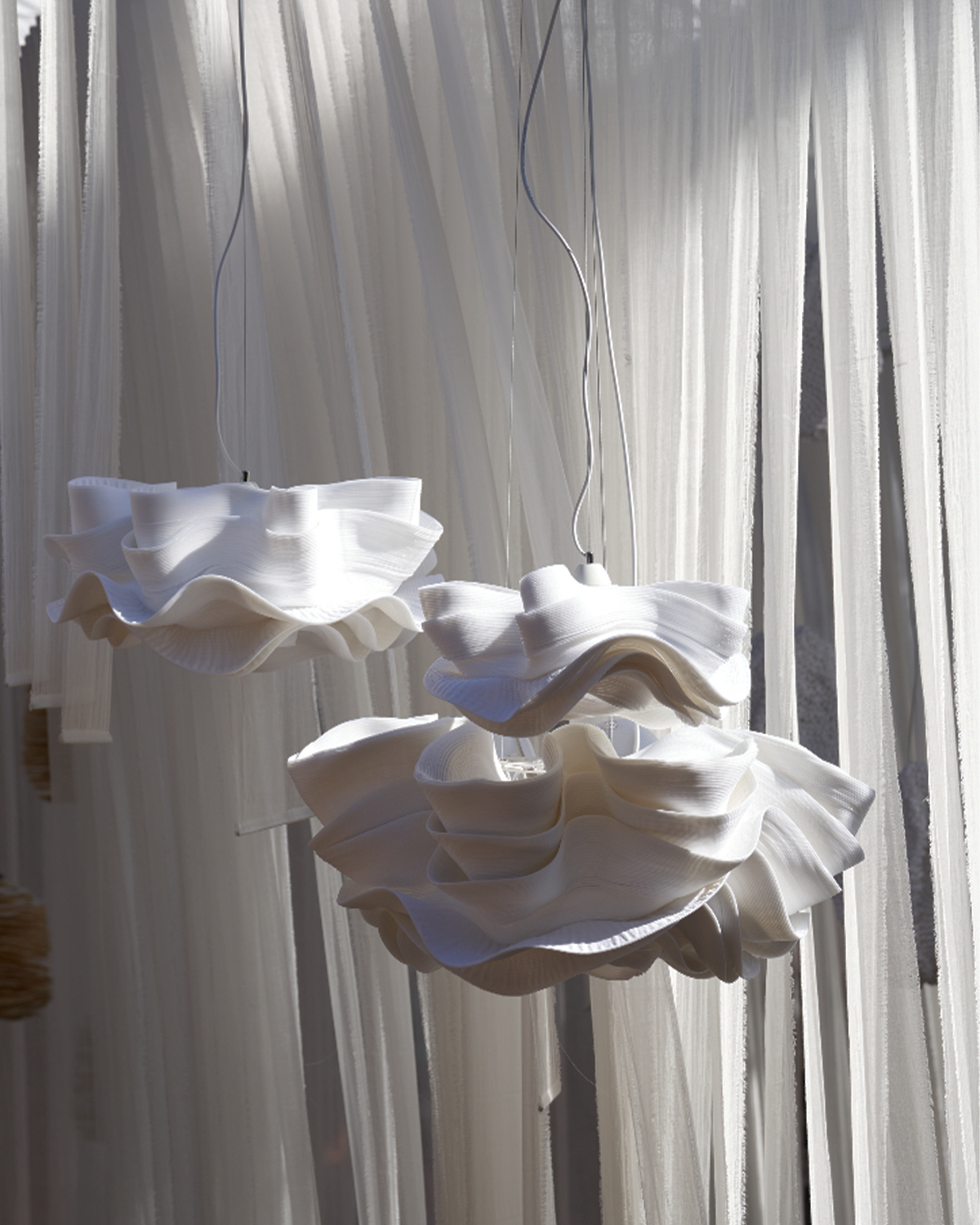
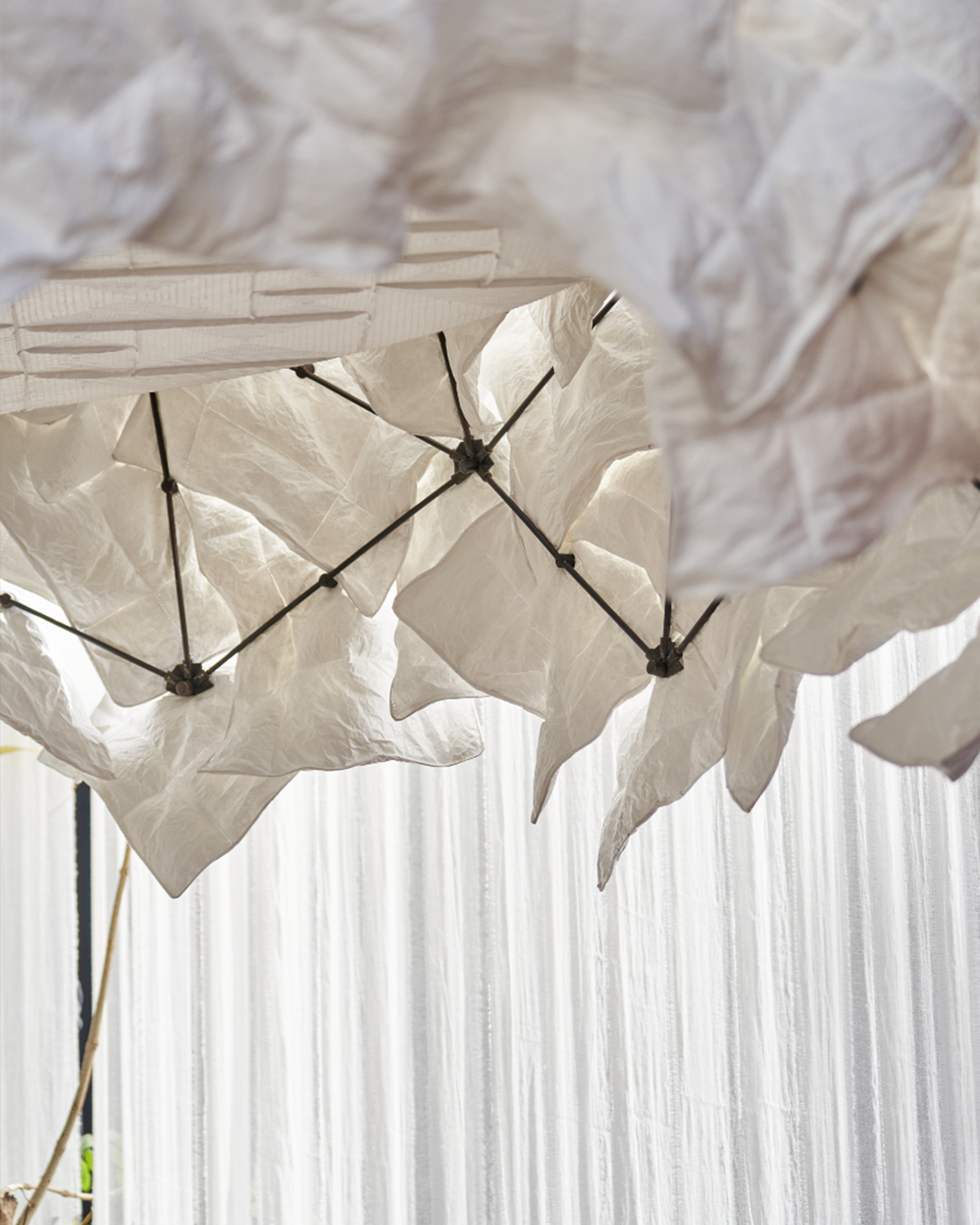
HOW ARE YOU ENSURING YOUR PRODUCTS ARE PRODUCED RESPONSIBLY?
"We are not a manufacturer; we produce by hand in small batches. We maintain only a very limited stock, and over 95 percent of our sales are made to order, with a production lead time of 8 weeks. This approach means that in over a decade of running the business, we produce only what is needed and never offer discounts to clear excess stock.
We value our designs and products deeply. We educate our clients about our design concepts, the value of handmade goods, and how our items age, which we believe extends the lifespan of our products. We prioritize handcrafted items over machine-made ones and produce in small batches to minimize waste."
HOW DO YOU CHOOSE YOUR MATERIALS AND PACKAGING?
"Material choices are fundamental to our process. We prioritize materials that are consistently available or produced locally to ensure smooth and continuous production. We also value the uniqueness of materials, as they add an element of surprise to our lighting designs. At the same time, we appreciate common or basic materials that we can enhance with unique, intricate handmade processes.
Lately, I’ve become increasingly interested in natural materials, especially those that can be sourced locally, allowing us to trace their origin. Our latest collection, the 'Kentang' collection, features handmade paper crafted from banana fibers grown locally. We obtain this paper from a local artisan who produces it in limited quantities.
For packaging, we have long avoided plastic. We take pride in creating our own packaging using brown board and paper, designed for reuse as storage rather than disposal. Our packaging is more than just a container; it’s a direct link to our clients. It reflects our story, care, and the pride we have in our artisans. Each box includes a note with the name of the artisan who made the item, signed by them. This personal touch helps bridge the gap between our clients and artisans, fostering a deeper connection and expressing our gratitude for their craftsmanship."
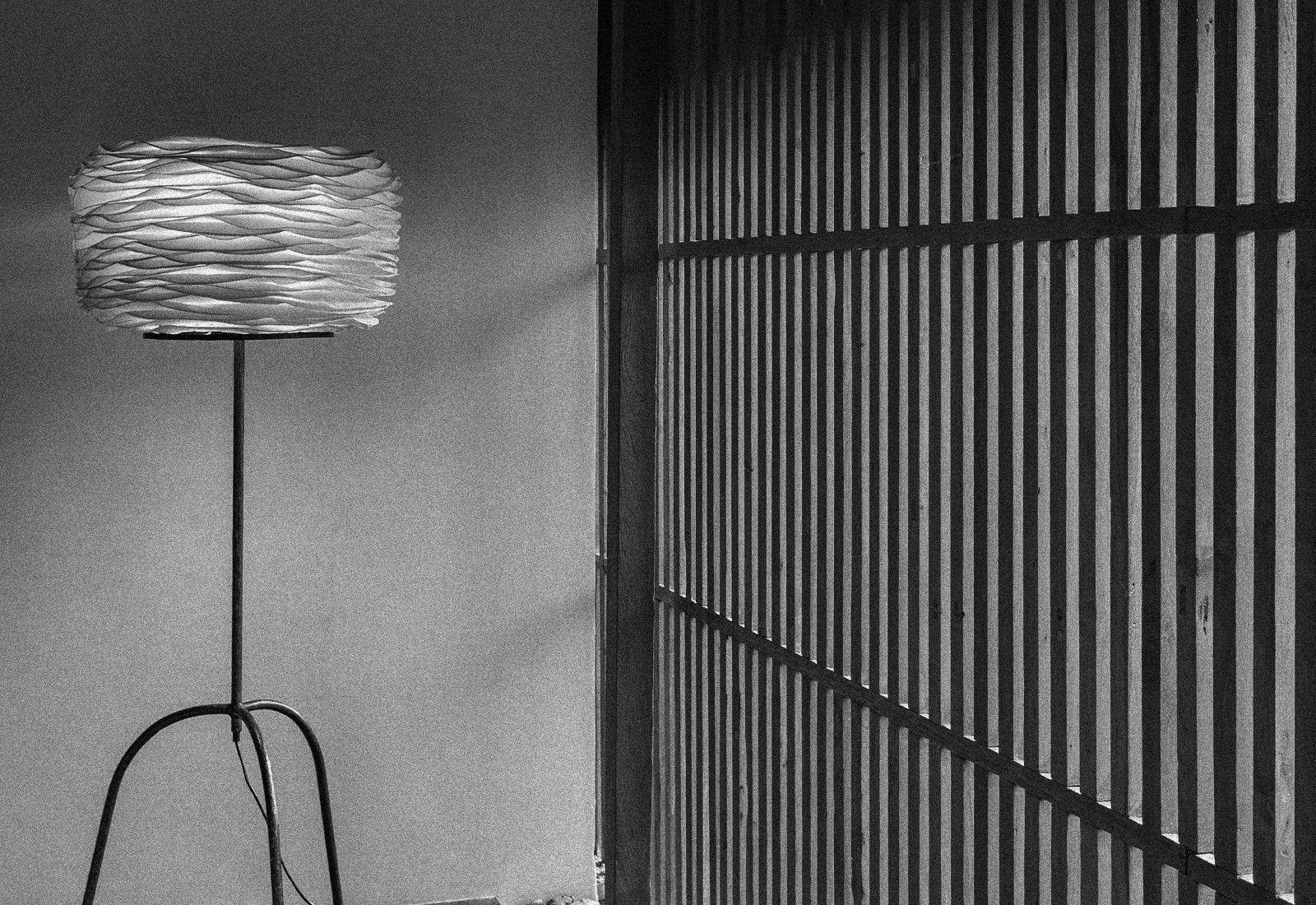
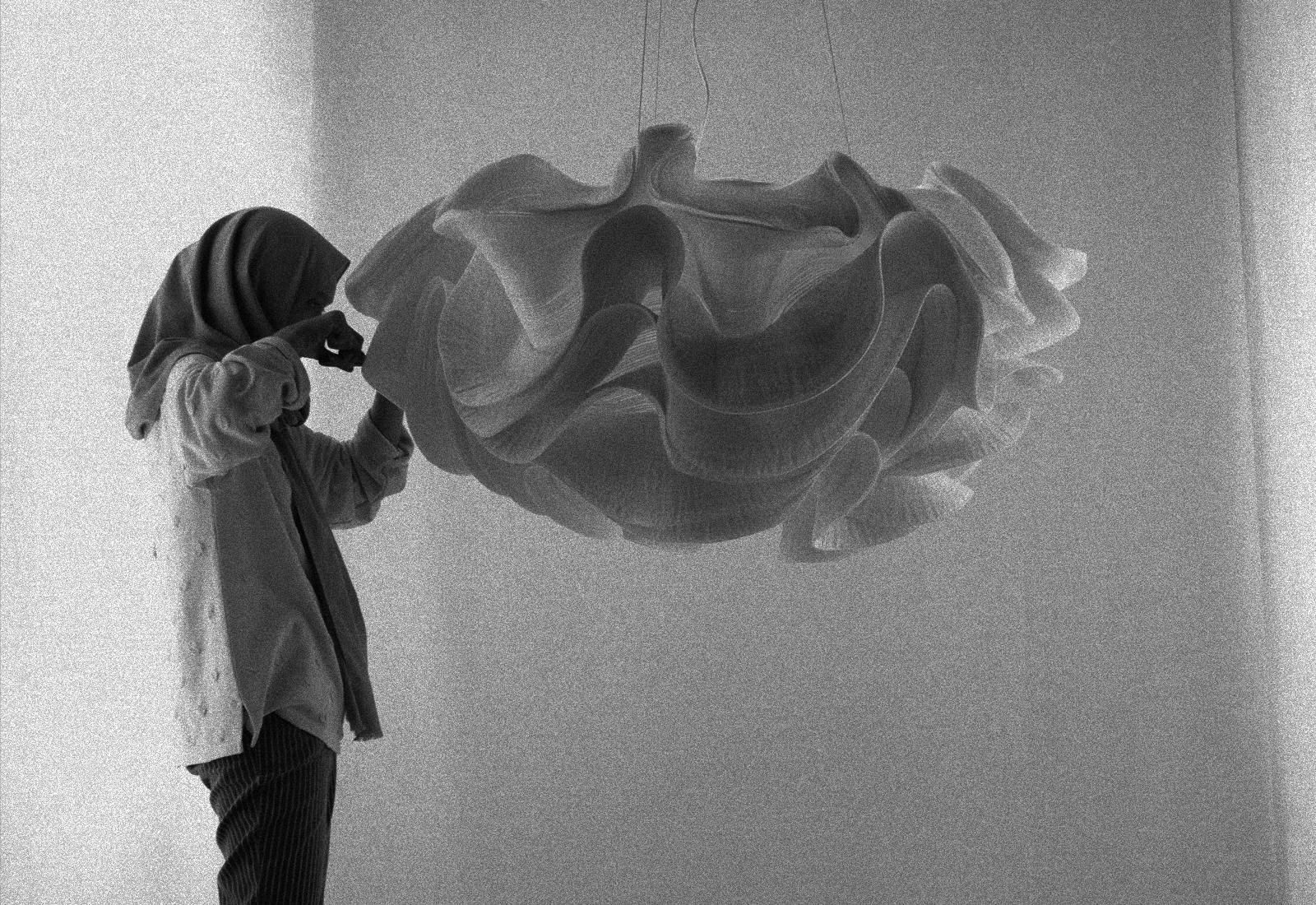
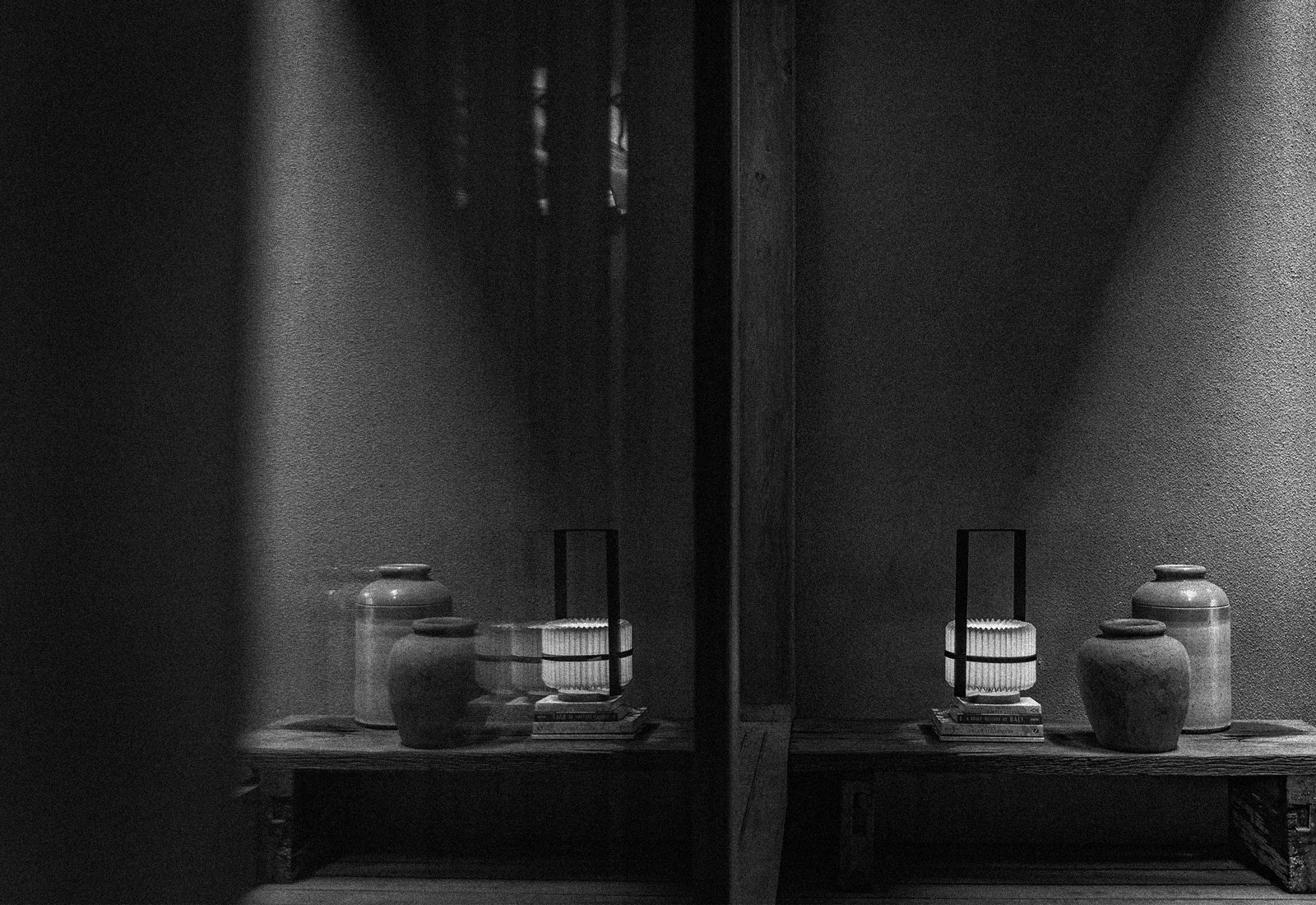
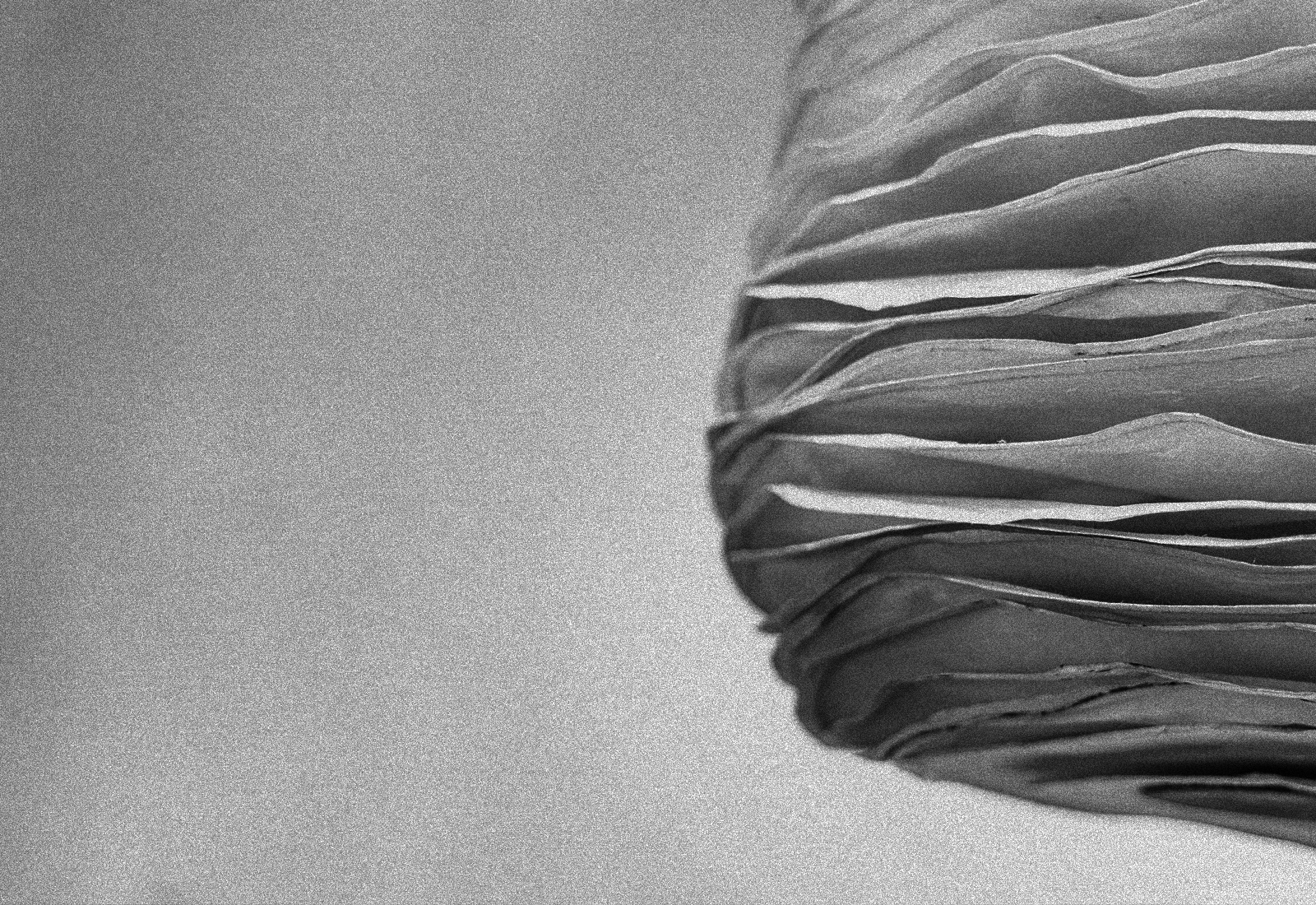
HOW DO YOU MANAGE YOUR WASTE?
"Our waste is minimal because we produce in batches and strive to use materials efficiently. In 2019, we launched a mini version of our zipper collection to repurpose shorter offcuts from larger pieces. Through our sister brand, Jia by OCK, we now repurpose offcuts from Ong Cen Kuang to create items beyond lamps. We continually explore creative ways to use waste and are now collecting scraps of offcut sewing threads for future projects. We rely on local Banjar waste management for waste collection, as we are classified as a home industry rather than a manufacturer."
HOW DO YOU EMPOWER YOUR PEOPLE
"First and foremost, we love craft. We empower people by nurturing craft—by teaching handcraft to our artisans and instilling pride in their work. This is our core mission. When recruiting, we prioritize a willingness to learn new skills over existing expertise. We observe growth in our team not only in their skills but also in their mindset. Equipping people with a set of skills can truly transform them. This is why I have a deep belief in the power of craft."
WHAT ARE YOU LOOKING FORWARD TO IN THE NEAR FUTURE?
We’ve just opened our new space, which serves as both our workshop and a venue where the public can engage with our stories. I’m excited about the opportunity to integrate Ong Cen Kuang and Jia by OCK under one roof, bringing our philosophies and narratives together.
In this new chapter, I’m particularly eager to work with recycled materials, aiming to elevate them beyond their typical perception and ensure they are aesthetically relevant. My challenge as a designer is to transform recycled materials into something truly extraordinary.
EXPLORE THE PUNCH

